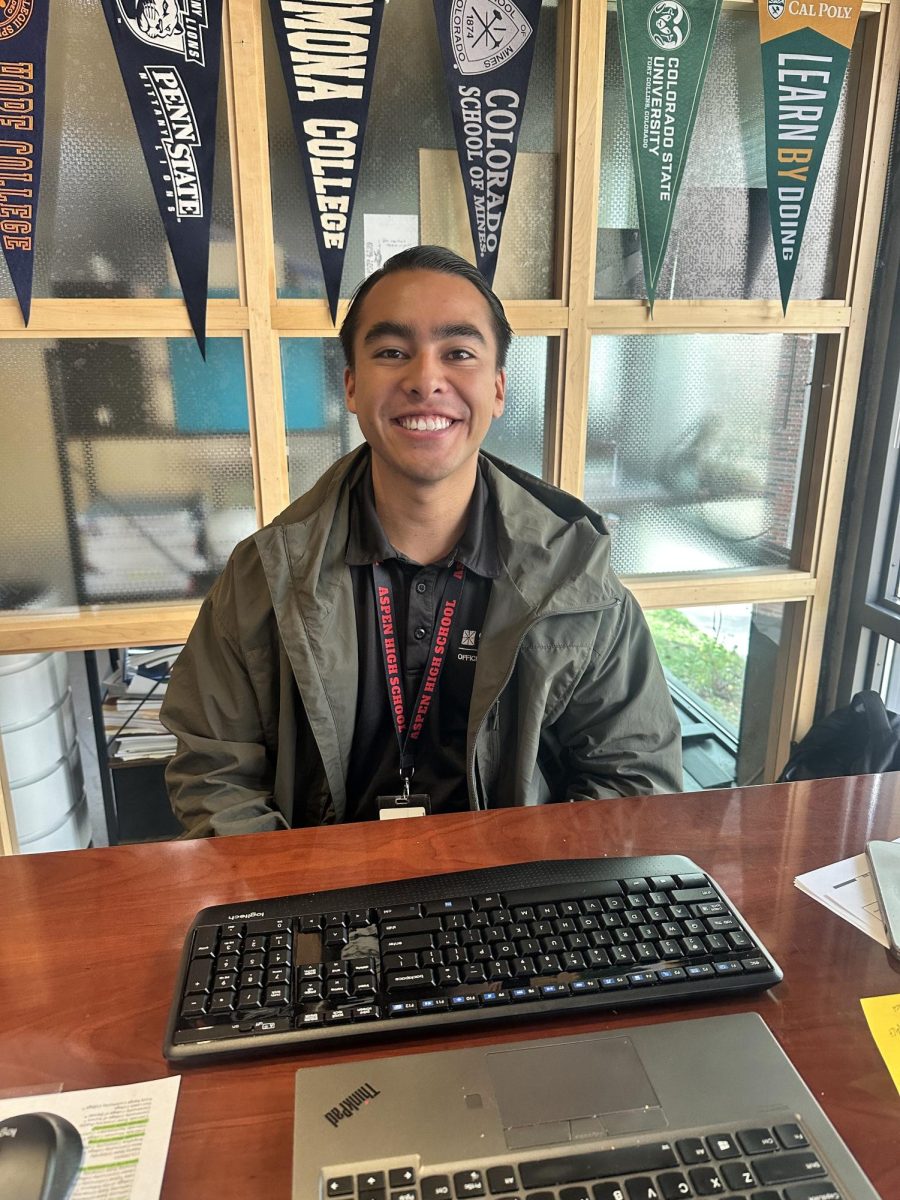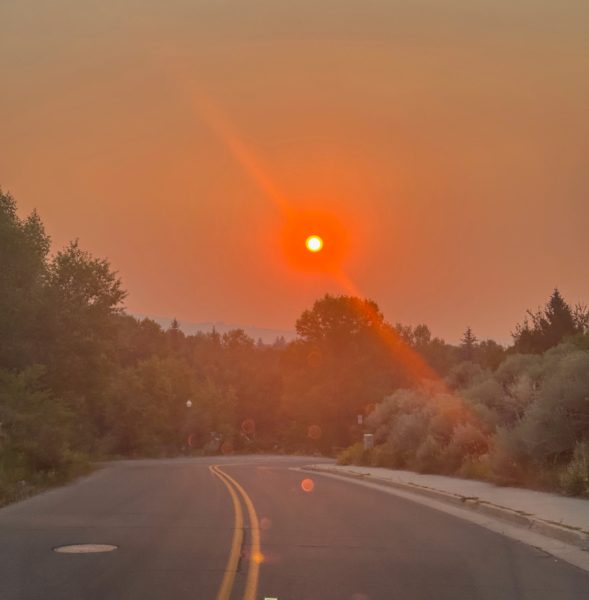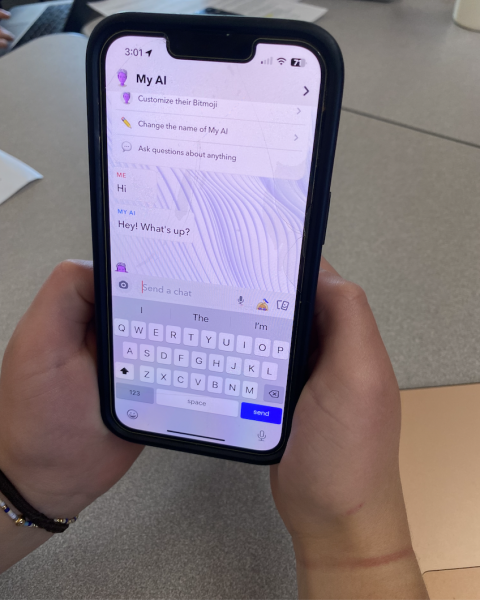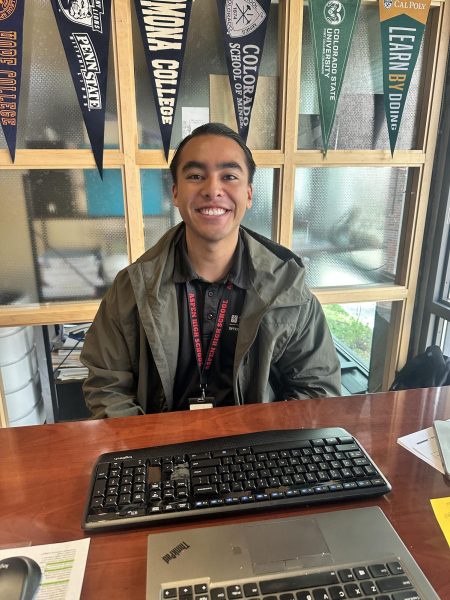Immersed in gorrillagorillagorilla
The walls are covered in a glowing jungle green, and gorillas swoop in and out of the trees projected onto the walls. Even the floor is covered in the lush images of a jungle forest that is being cast in every direction. When walking up to the walls, one can see the silhouette of themselves outlined against the background of the exhibit. All around, you are enveloped by the forest and its gorillas.
From Nov. 6-Feb. 21st, the Aspen Art Museum is exhibiting gorillagorillagorilla by Diana Thater, a unique work of art that is focused primarily on video projections from the Mefou National Park in Cameroon, Central Africa.
While all of the videos were shot at the same reserve, the videos cover three separate views of the gorillas. Each view is through a different eye, lense, or reality. Through each perspective, Thater brings something beautiful to life, while also focusing on the issues the gorillas and wildlife face.
“The show is double punch which is that it is very aesthetic, seductive, compelling and beautiful, and that is what Diana is trying to do. She is also calling attention to a really important issue, which is our need to protect wildlife around the world,” said Heidi Zuckerman, the lead curator and CEO and Director of the Aspen Art Museum.
The first viewpoint is focused on the gorillas as if they were freely roaming. You are able to see them in their natural state without any humans or human barriers. This view makes the viewer feel surrounded with the forest and its natural beauties, and almost at peace. This, however, is not the complete reality of the gorillas’ state. In truth, they must be kept in a nature preserve to protect them from bushmeat hunters.
Thus comes the second viewpoint which shows the gorillas’ circumstances for how they actually are. The videos show the gorillas in their captive space, being watched over and maintained by humans. In this viewpoint you can also see the woman who founded the reserve as well as her assistant at the sanctuary caring for the animals. The caretakers are seen talking to the animals, however, when standing in the exhibit one can not hear what they are saying. The people are talking to the gorillas in a caring, pleasant and loving tone. They may even ask them how their day was, or tell them that they love them. Here, in this view, the viewer sees what it is actually like. It is almost as if we are looking through the eyes of the caretakers, seeing the reserve through their eyes.
The third and final camera point of view is the perspective of a scientist taking care of the gorillas. In this clip we see a male scientist bearing a clipboard for taking notes and cataloging.
The several wall-sized projections all play at once, which allows one to see and experience all of the different perspectives at the same time.
While the many pieces of footage play around the room simultaneously, the viewer feels like a participant and part of the exhibit along with the scenery, the gorillas, and the people. As grand and enveloping as the exhibit is, The Aspen Art Museum is only playing half of the entire exhibit.
Gorillagorillagorilla is also being presented in the Los Angeles County Museum of Art. Because this is Thater’s largest piece, she decided to divide it between two different locations. The premise is that people are supposed to see the exhibit in Aspen, and then also see it in LA, so that they experience the whole work.
The project has attracted many viewers. Some have come to see the art and some have come to see the important issue behind it.
“So far, the feedback has been really great,” said Zuckerman. “I think people are really enjoying the immersive nature of the installation, and I think Aspen is a place that is really aware of the environment, and the challenges that the environment faces, and also aware of animal rights and the challenges that animals face.”
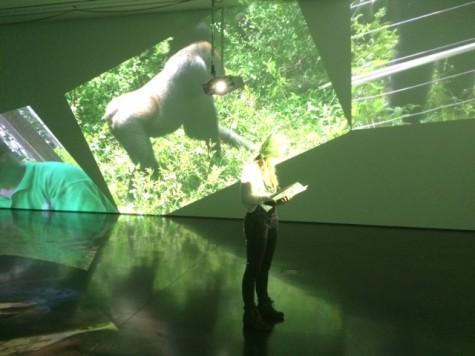
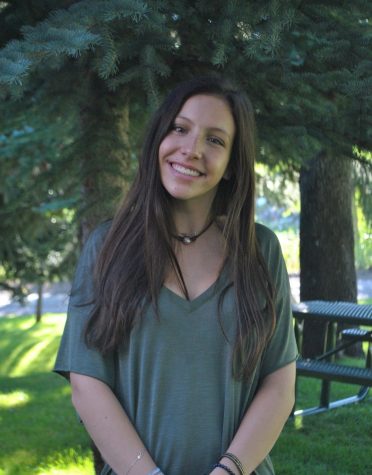
Jordana Rothberg is the current News Editor for the Skier Scribbler. She was born in Aspen, Colorado, and will be graduating with the class of 2017. This...





